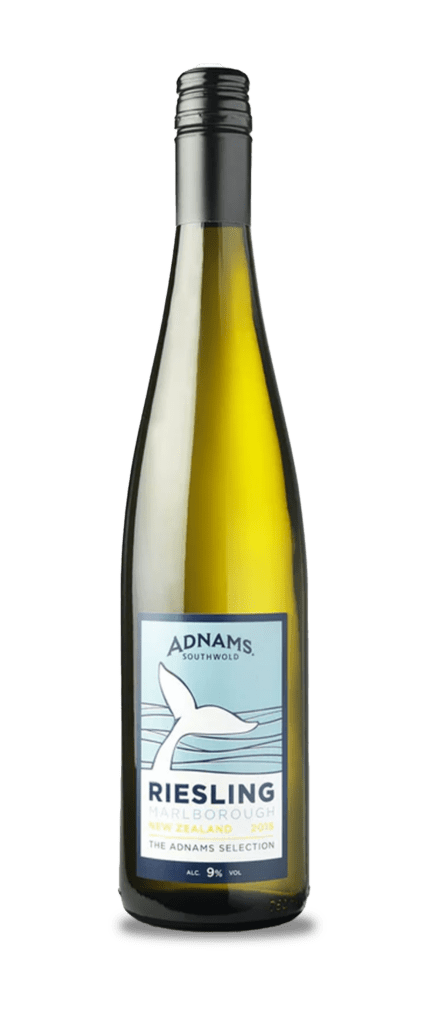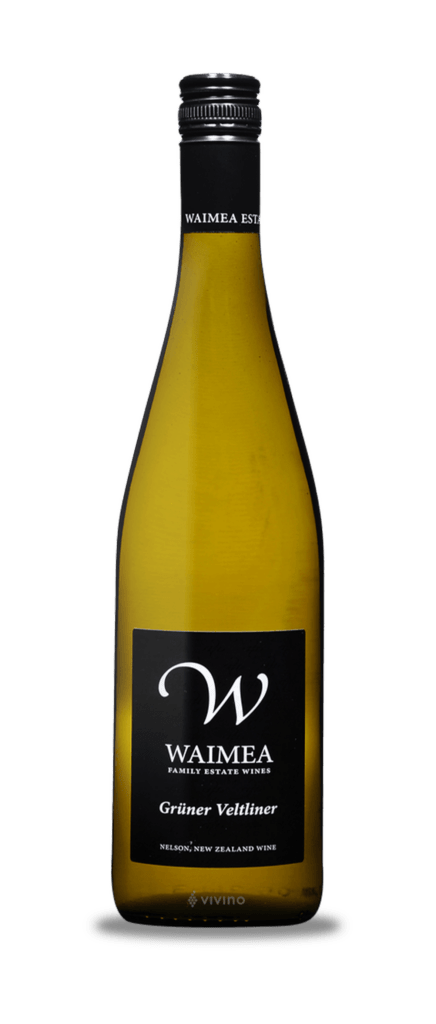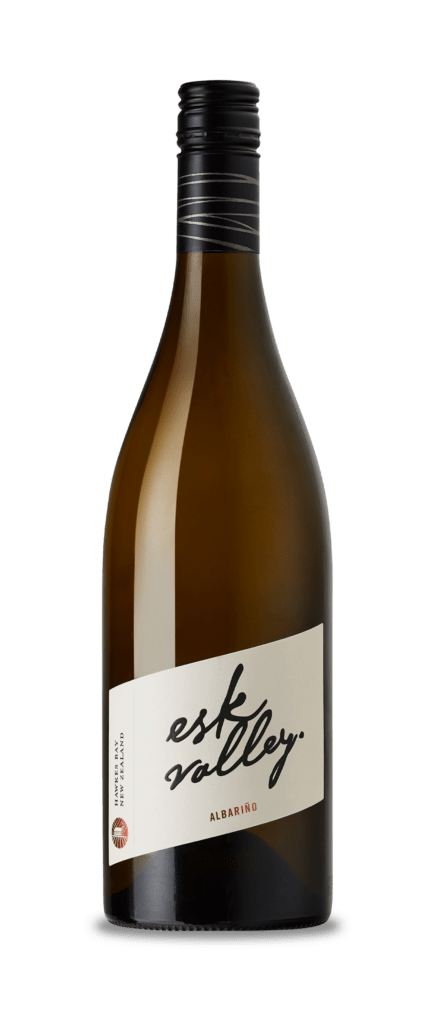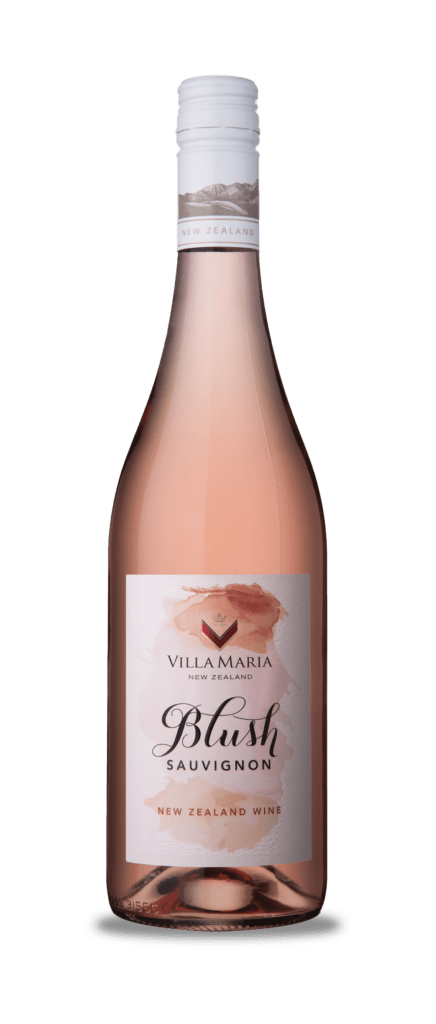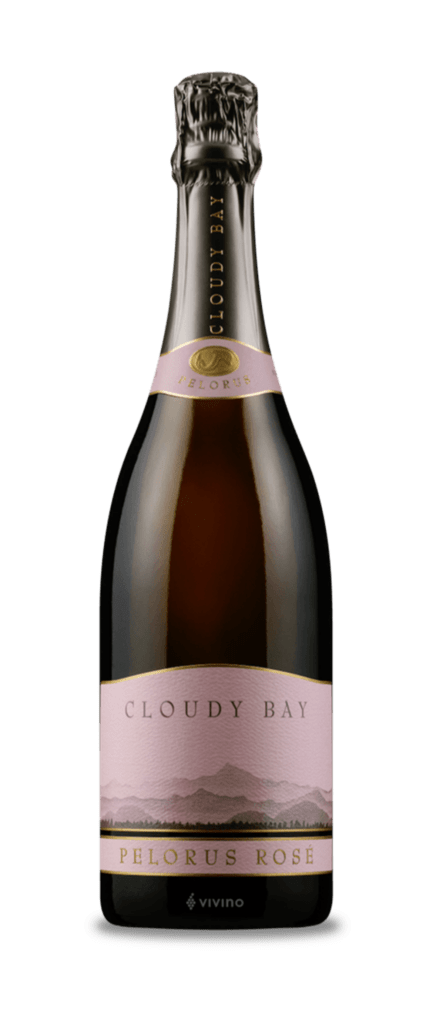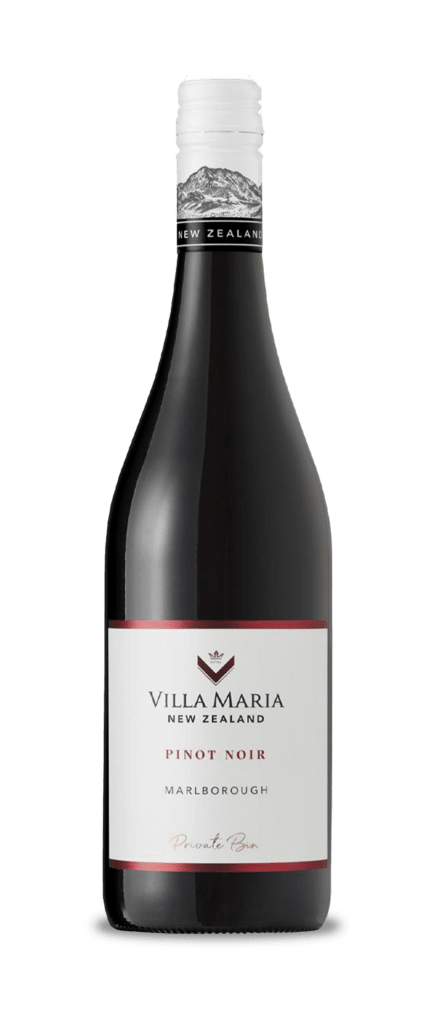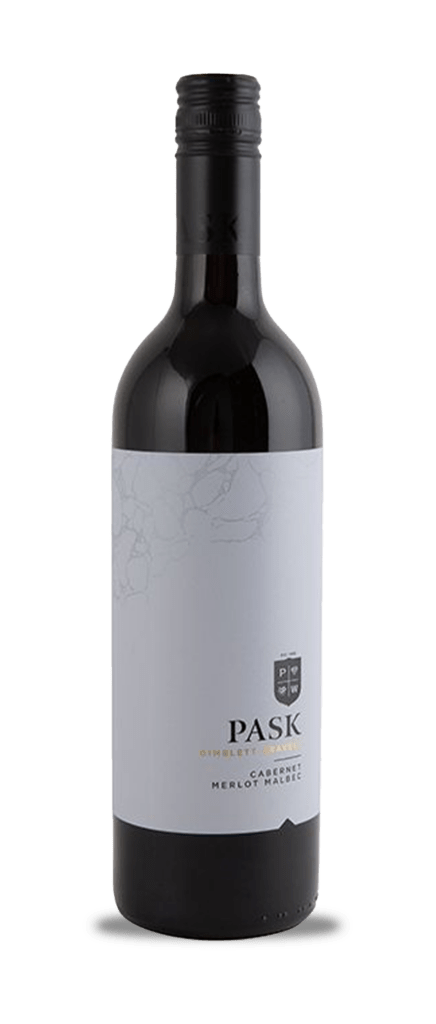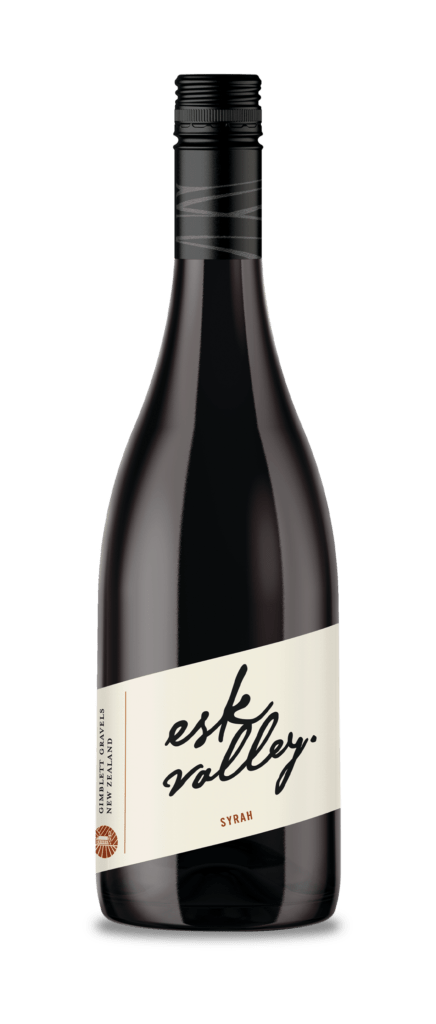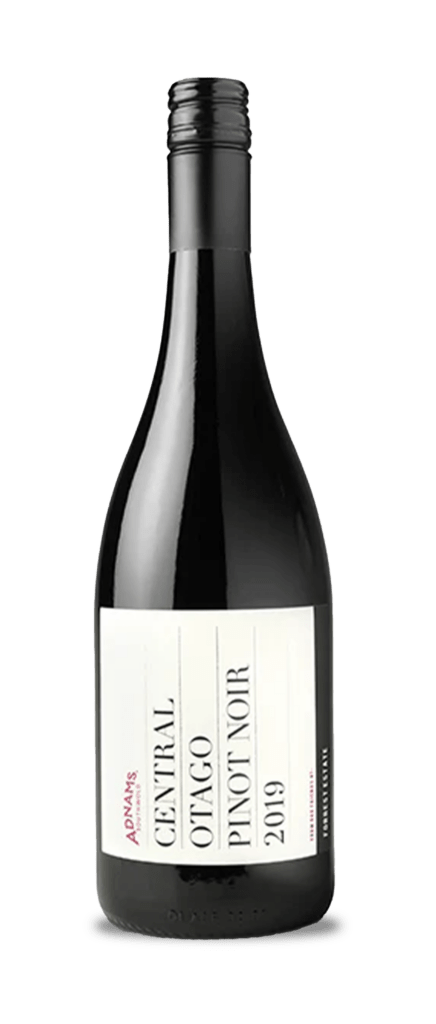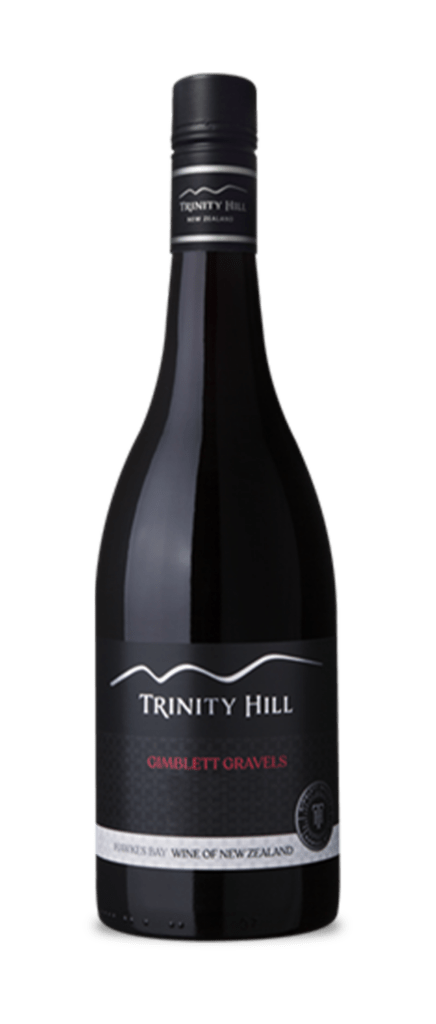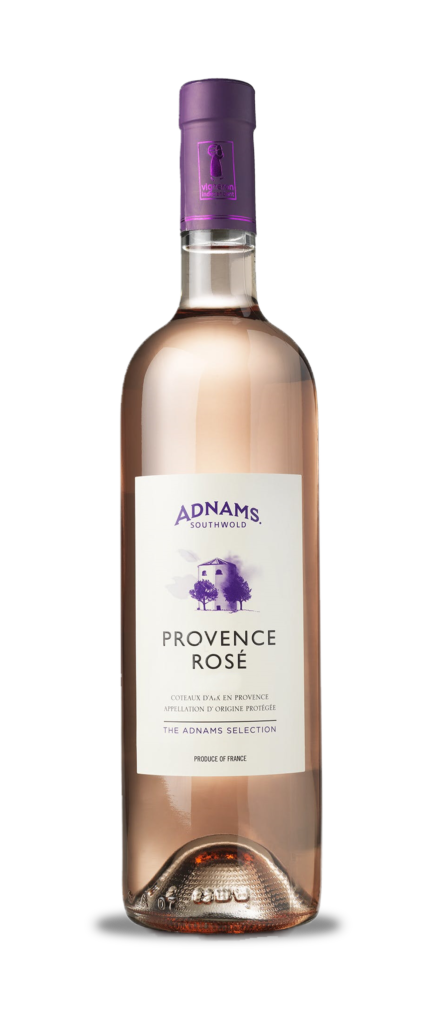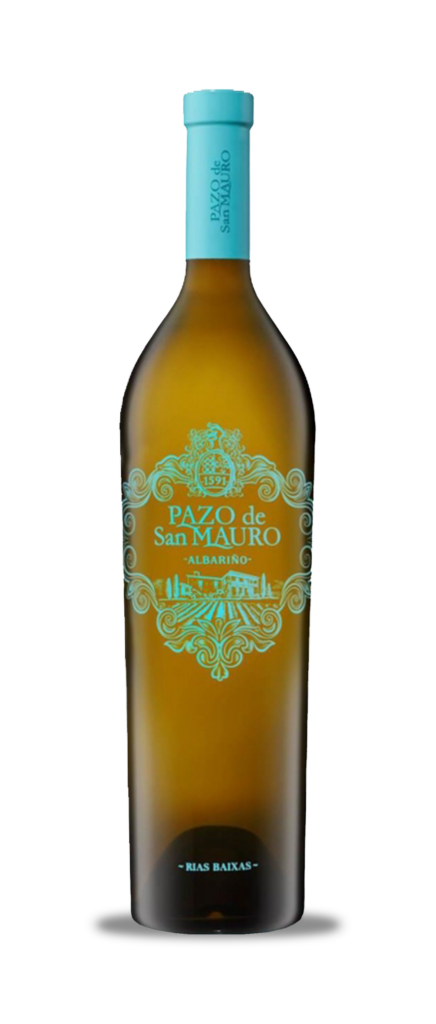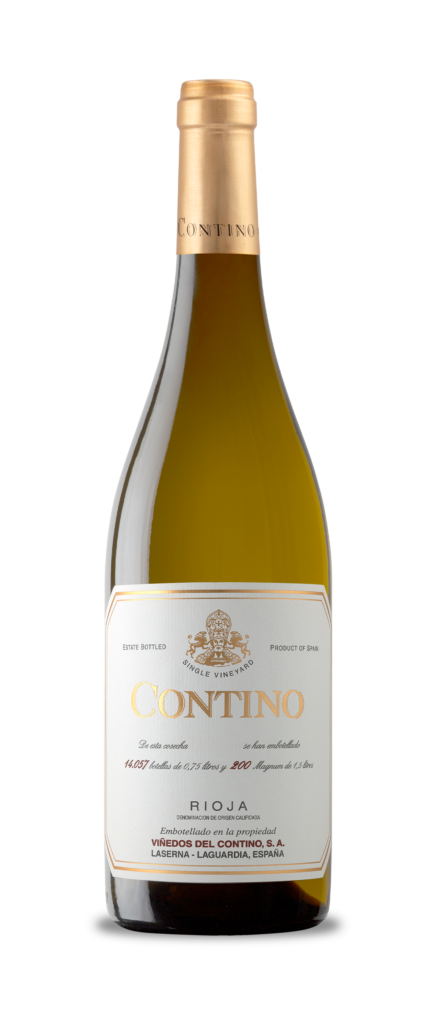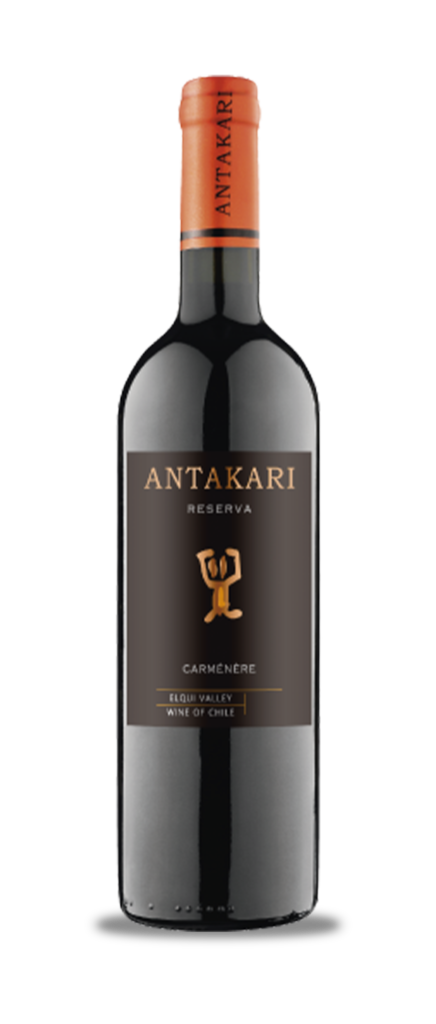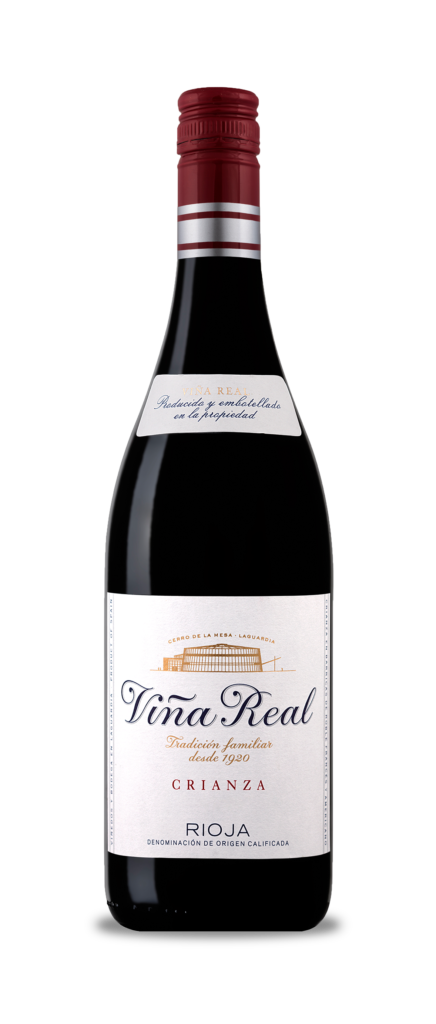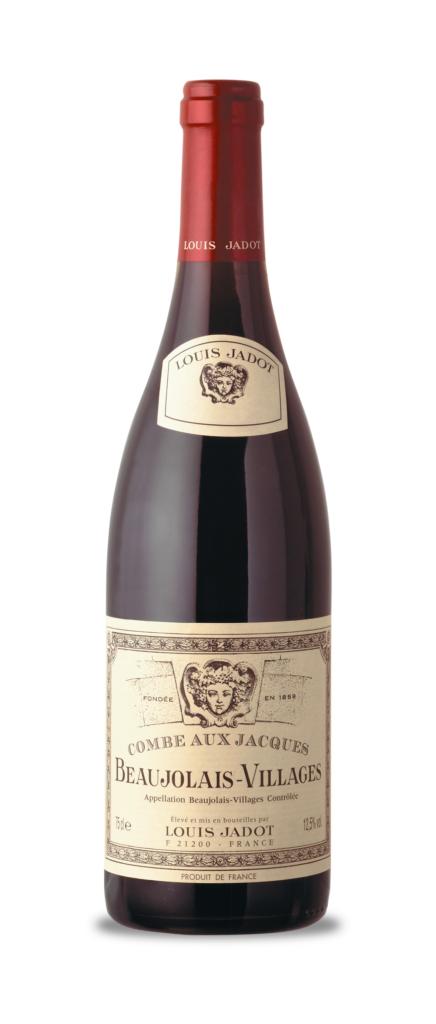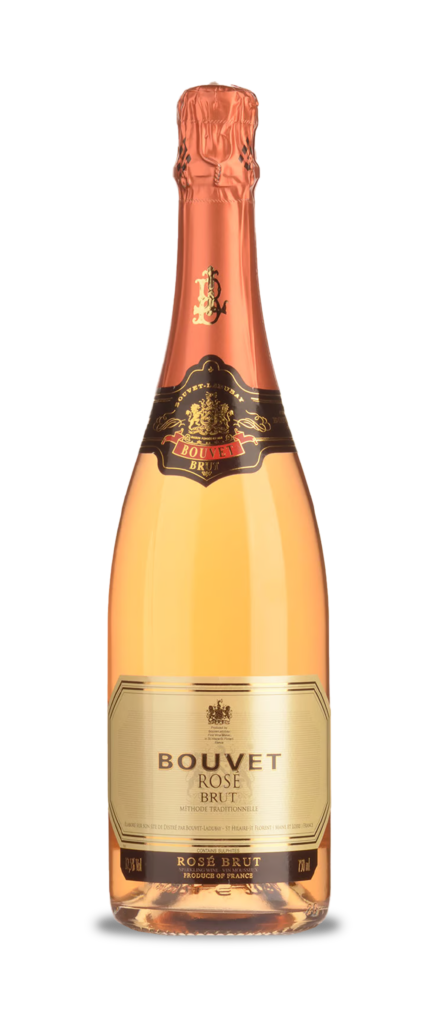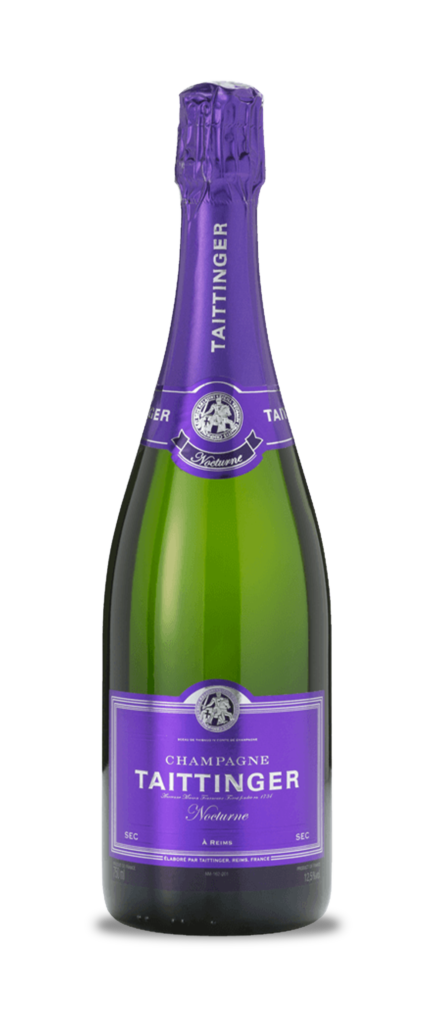Wine columnist Giles Luckett gives us his recommendations for spring red wines. From Pinot Noir to Malbec, these red wines will put a spring in your step
Hello. Having delved into some spring whites last time, I thought I’d plump for some spring reds as, like wine, I’m all about balance. As the weather continues to break all records for all the wrong reasons, I’ve plumped for wines that will work as well with cool evening suppers as sunny day solo sippers. So, whatever the weather brings, with these you’ll be full of the joys of spring.
First up one of four Pinot Noirs. I could happily have filled this, and several other columns, with recommendations of great Pinots. But out of concern for R&A’s bandwidth, not to mention my liver, I’ll stick with these pretty Pinots for now.
Hurrah Pinot Noir
I’ve often said that Chile is a vine’s idea of heaven; not too hot, not too cold, with ocean views and poor, well-drained soils. OK, so it’s not my idea of heaven, but I’m not a vine. Put its location together with one of the most talented winemaking teams in the southern hemisphere and you have somewhere that even this notoriously fickle grape can feel at home.
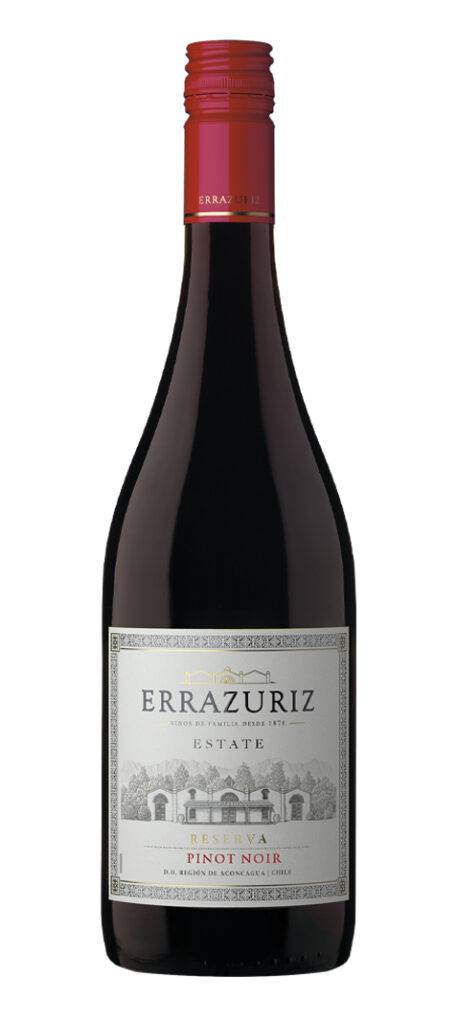
The Errazuriz Reserva Pinot Noir (Amazon £11.90) is a great example of how good Chilean Pinot Noir can be. Mid-red, the bouquet offers fresh strawberries and raspberries with a hint of jam, rose petals, and mint. Medium-bodied, but with good intensity, there are plenty of red berry fruits with highlights of citrus and underlying oaky creaminess that’s punctuated by pepper and spices. This was lovely with lamb, but I can see it working well with everything from pizza to pasta, or as a solo sipper with salty nibbles.
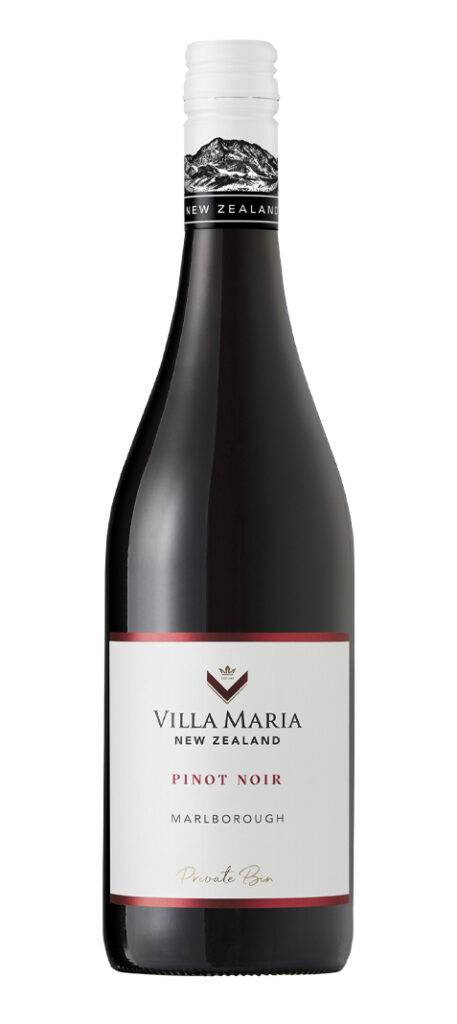
I’ll stay in the southern hemisphere for my second choice, the Vila Maria Private Bin Pinot Noir (Tesco £13). This hails from Marlborough, a region best known for its thrilling Sauvignon Blancs, and while this is a very different kettle of fish/bottle of wine, the region’s signatures are in evidence. Rose petal red, the nose is zesty, fresh and positively leaps out of the glass in its eagerness to please. On the palate, this energy continues to show as an abundance of summer berries, rhubarb, and cherries burst forth, followed by pepper and savoury minerals. This is great fun and for the money, it’s great value. Serve this with red meats, pork or pink fish – the acidity means it will work as well as a white.
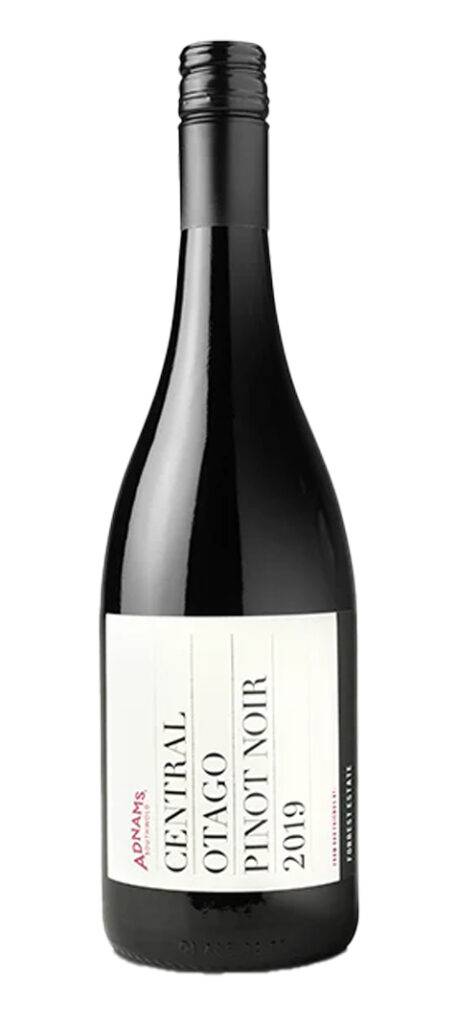
Staying in New Zealand but heading south we come to Central Otago. Central Otago was the world’s most southerly wine region for many years, but that crown’s been lost to Chubut in Argentine Patagonia. What hasn’t been lost is Central Otago’s ability to craft world-class Pinots such as the Central Otago Pinot Noir 2019 (Adnams £19.99). Getting a Pinot of this quality with some bottle age at this price is a real find. Deeply coloured with a nose that’s dominated by brambles, with touches of black cherry and vanilla smoke, it has a lovely mouthfeel with plenty of glycerine. The dominant tones are blackberry, and boysenberry, with sour cherries and spices coming in at the finish. They’ve not tried to force the extraction, and that gives it a lovely flow and a refined, elegant profile.
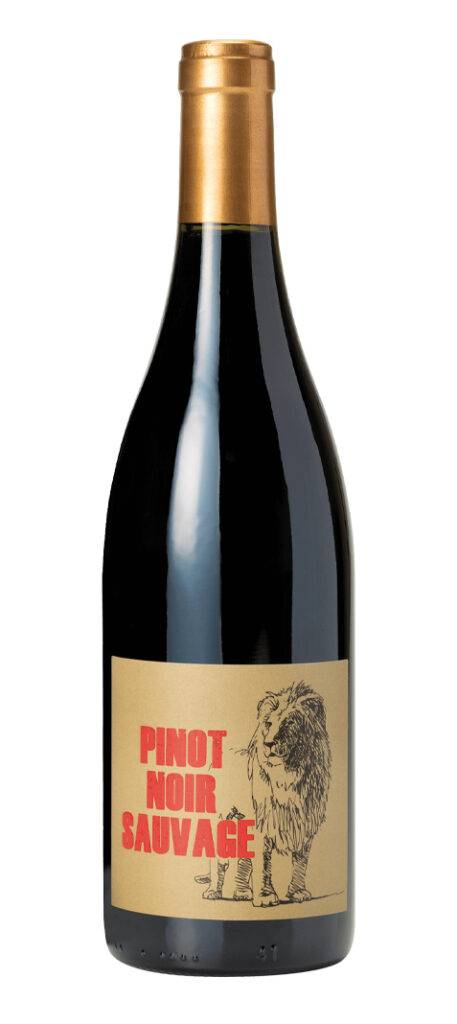
France knows a thing or two about great Pinot Noir. And while the wines of Burgundy can fetch eye-watering sums – Leroy’s Musigny 2015 is £144,000 a bottle – brilliantly compelling examples can be enjoyed by us mortals too. Take the Château de la Terriere Pinot Noir Sauvage 2019 (Edencroft Fine Wines £24.35). This full-throttle Pinot Noir, with great depth of flavour that comes from the Coteaux Bourguignons (Burgundy Hills). Strawberries, black cherries, loganberries and savoury-tinted raspberries are all on show, as is a touch of liquorice, spices and cream to the finish. It also contains no added sulphur, which is good for people for whom red wine can give them headaches.
Marvellous Malbec
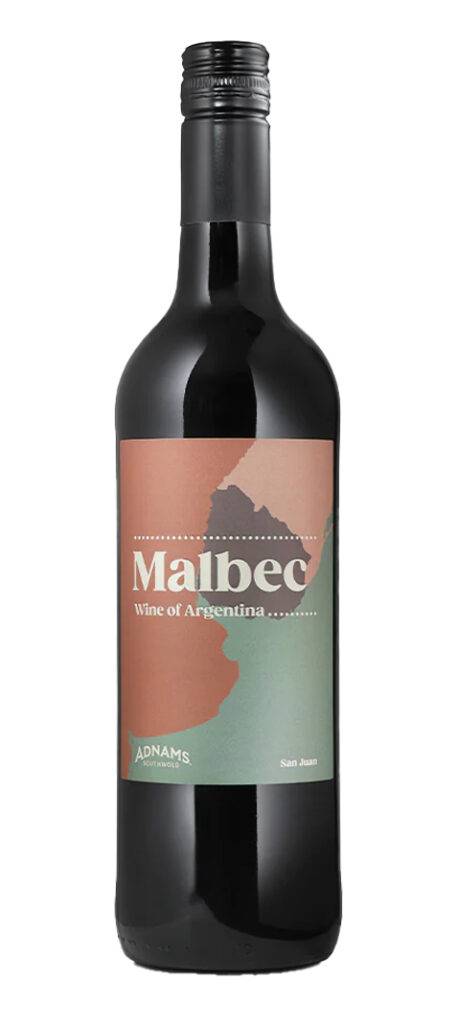
It was world Malbec Day on the 17th April – so I thought I’d suggest a couple of Malbecs that have recently brought a smile to my lips. The first is the Adnams Malbec (Adnams £8.49). The thing I like about this is that it’s a stripped-down, fresh honest representation of Malbec. It’s not been oaked into submission, they haven’t tried to over-extract it or do something clever, rather they’ve let the grape do the talking. Plump black cherries, damsons, blackberries and an overtone of violets make for a joyful glassful.
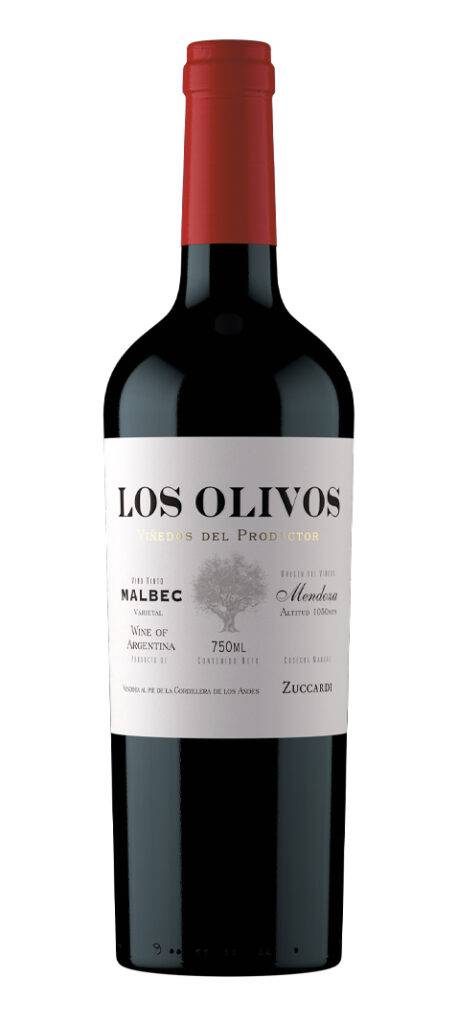
My second Malbec is the Los Olivos from Malbec masters, Zuccardi (Taurus Wines £13.75). The weighty bottle is a forerunner of what’s to come. Very dark and inky, the nose offers classic Malbec aromas of blackcherries, damsons, and white pepper. The powerful palate is saturated with stewed black fruits with lowlights of prune and mulberry, given a lift by cranberry, raspberry liqueur, vanilla, and a long, smoky finish. I had this with a steak and it was excellent, but it would be lovely with cheese or roasted vegetables.
Old and New World Classics
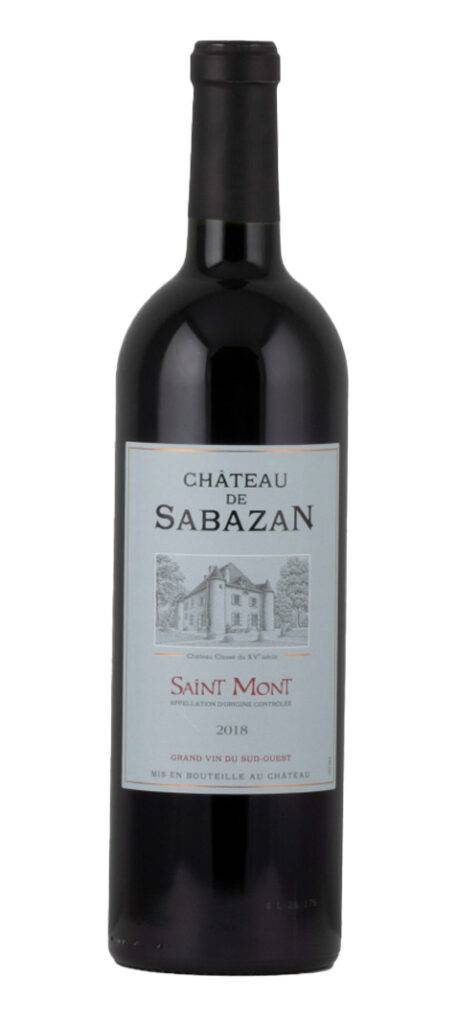
As you may know, France is quite a big place. I looked it up on Google Maps the other day, and it completely filled the scree, it’s that big. Being big it can fit a lot of wine regions into it, some of the lesser known of which can yield fantastic wines for sensible money. Take the Château de Sabazan 2018 (The Wine Society £16.50). This hails from Saint Mont – turn left at Toulouse, you can’t miss it – and is made from Tannat, Cabernet Sauvignon, and Pinenc. The light, sandy soils give elegant wines full of refinement and nuance which need some time to open up. This is just starting to blossom and is showing blackcurrant and bramble fruit with a touch of leaf tea and brown spices. Give this a couple of hours open and serve with the Sunday joint, mushroom roast, or a cassoulet.
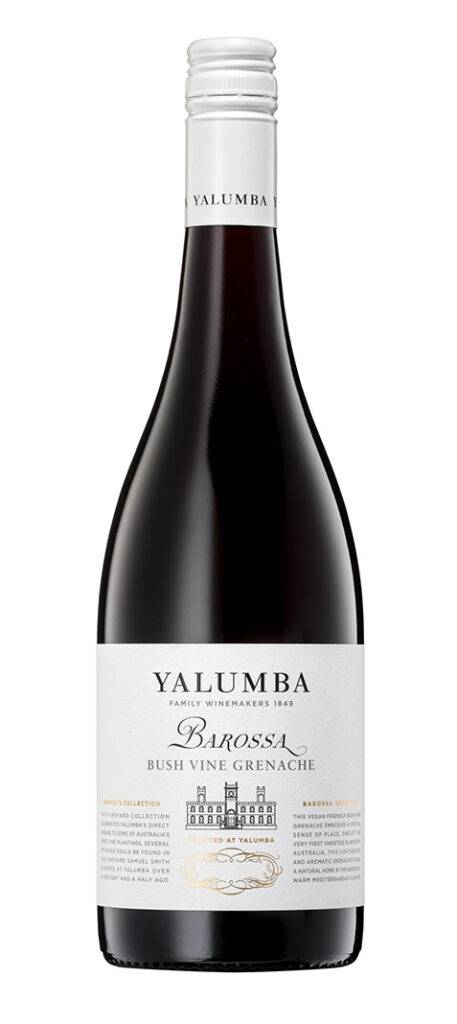
I’ll end with a vintage of a wine that’s become a staple in our house, it’s the Yalumba Old Bush Vine Grenache (Latitude £18.50). Australian Grenache has come a long way in the past few years. Once planted for its love of heat and ability to produce abundant harvest, by giving this noble variety the respect it deserves, quality-focused producers such as Yalumba have unlocked Grenache’s fine wine potential. Mid-red, with a lovely, intricate bouquet of red cherries, raspberries and cedar, this soft, yet rich wine, is full of cherry and strawberry fruit, with violets and almonds adding complexity. As good on its own as it is with dishes such as spaghetti Bolognese, falafel salad, or a pizza, it never fails to impress.
Well, that’s it for now. Next time out I’ll be talking fizz with a producer profile of the mighty Graham Beck.
Cheers!
Giles











